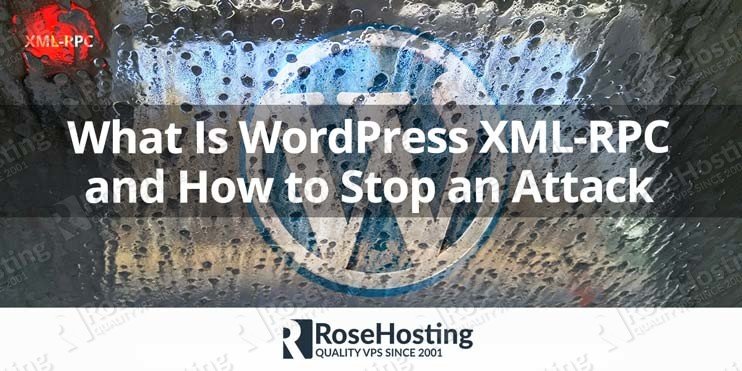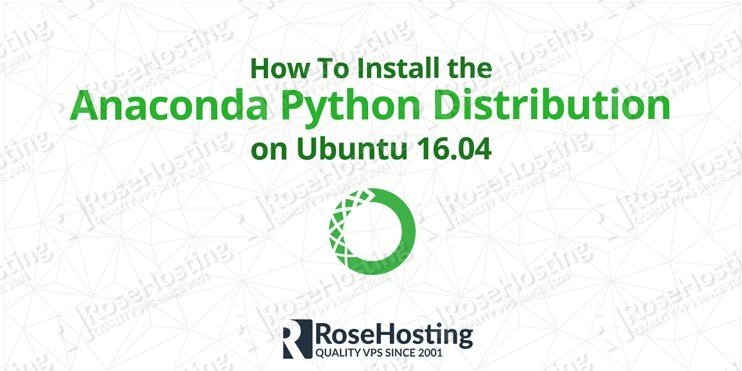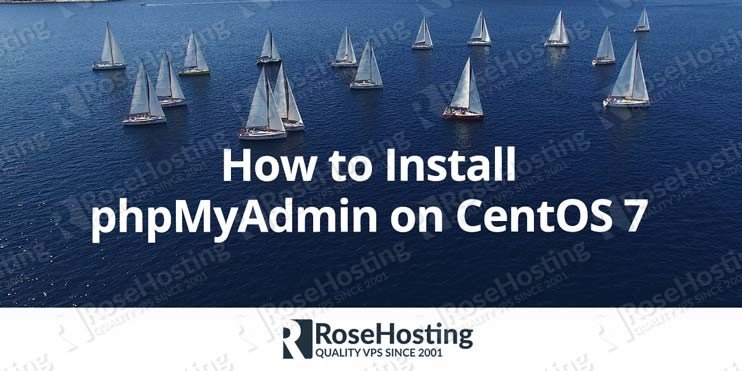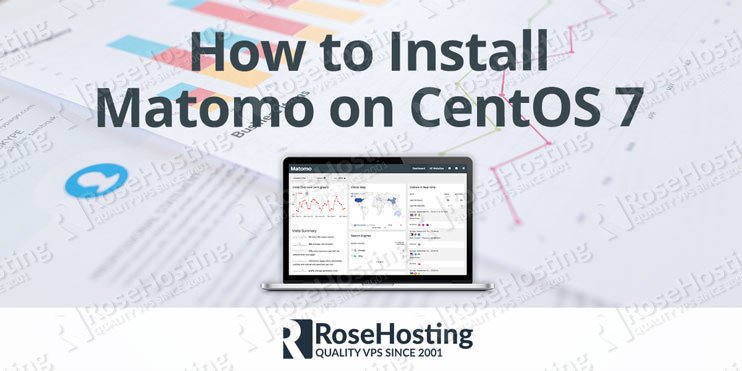

In this article, we will show you how to enable proxy settings for yum command on CentOS 7. Yum is a package management tool that works with RPM packages. It is available on RedHat Enterprise Linux, CentOS, and older versions of Fedora, and it is the most convenient way to handle OS packages and their dependencies on these operating systems.
When a server can only be accessed through proxy servers, you need to configure yum to use a proxy server so you can install a RPM package, or update the currently installed yum packages.
To configure a proxy server so the system user can access and use yum commands is a fairly easy and straight-to-the-point task, and it shouldn’t take more than 5 minutes to configure it. Let’s get started.




 This tutorial explains the process of installing one of the most popular open-source applications for managing MySQL databases – phpMyAdmin. phpMyAdmin is a free and open source web-based application written in PHP, used to easily manage MySQL databases through your favorite web browser instead of the MySQL command line interface. phpMyAdmin allows users to create, modify, rename and delete databases, tables or fields, execute SQL commands through the browser, import and export tables to a wide range of formats, create users and modify their privileges, and much more… We are going to install phpMyAdmin on a CentOS 7 VPS with Apache, MariaDB, and PHP
This tutorial explains the process of installing one of the most popular open-source applications for managing MySQL databases – phpMyAdmin. phpMyAdmin is a free and open source web-based application written in PHP, used to easily manage MySQL databases through your favorite web browser instead of the MySQL command line interface. phpMyAdmin allows users to create, modify, rename and delete databases, tables or fields, execute SQL commands through the browser, import and export tables to a wide range of formats, create users and modify their privileges, and much more… We are going to install phpMyAdmin on a CentOS 7 VPS with Apache, MariaDB, and PHP

